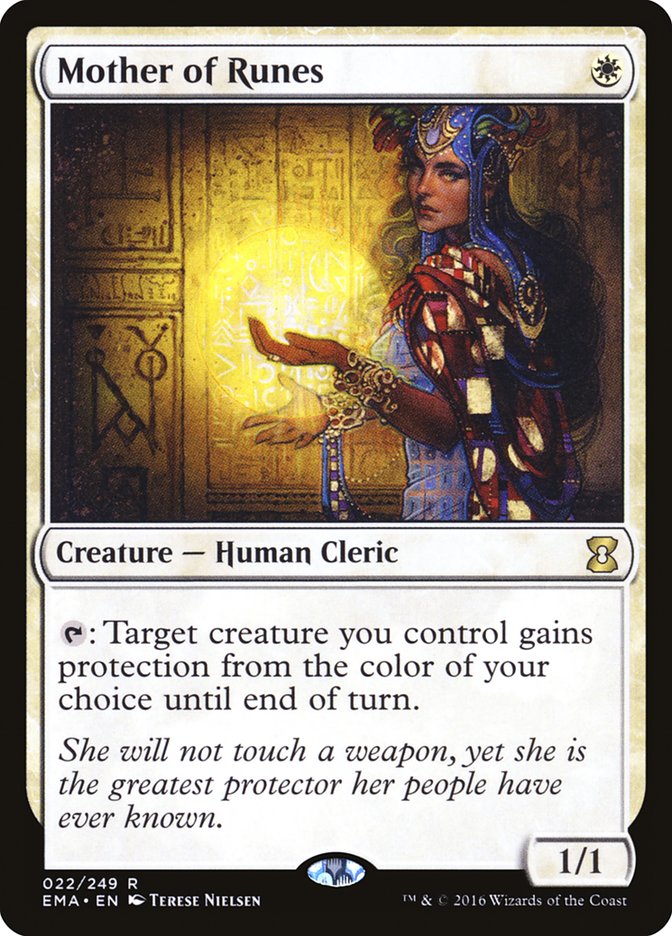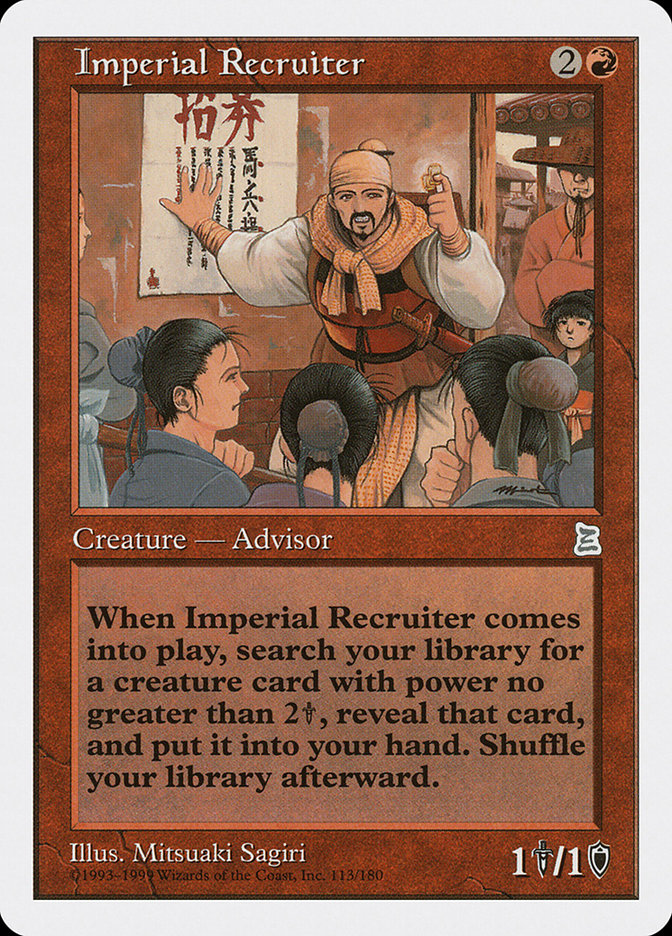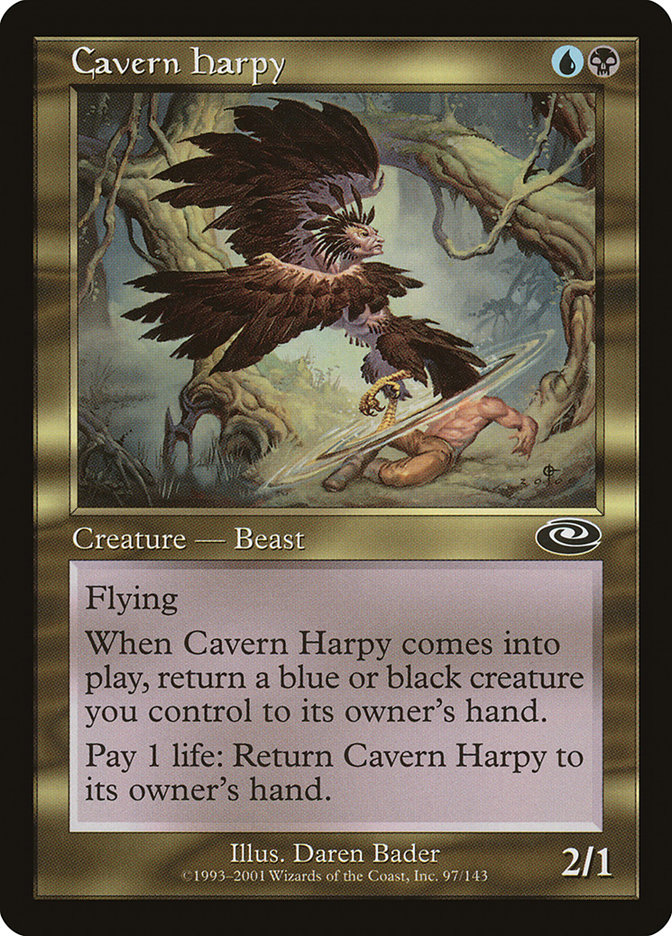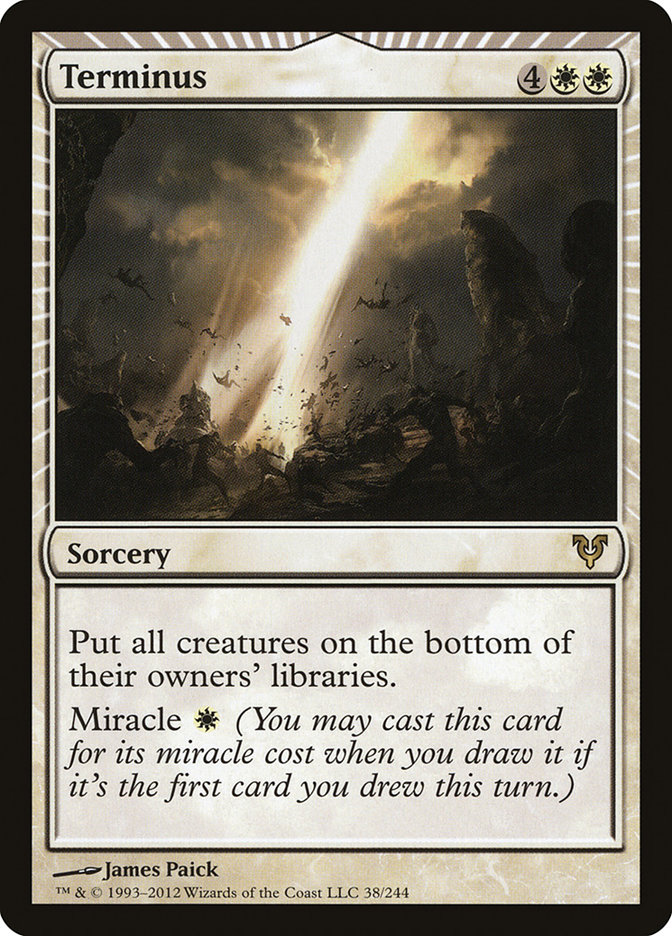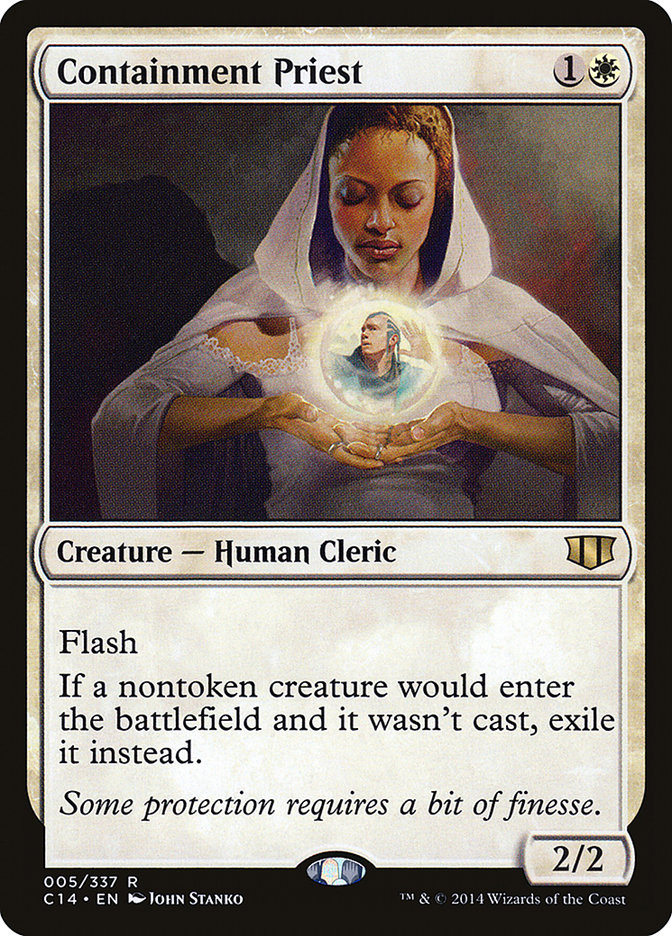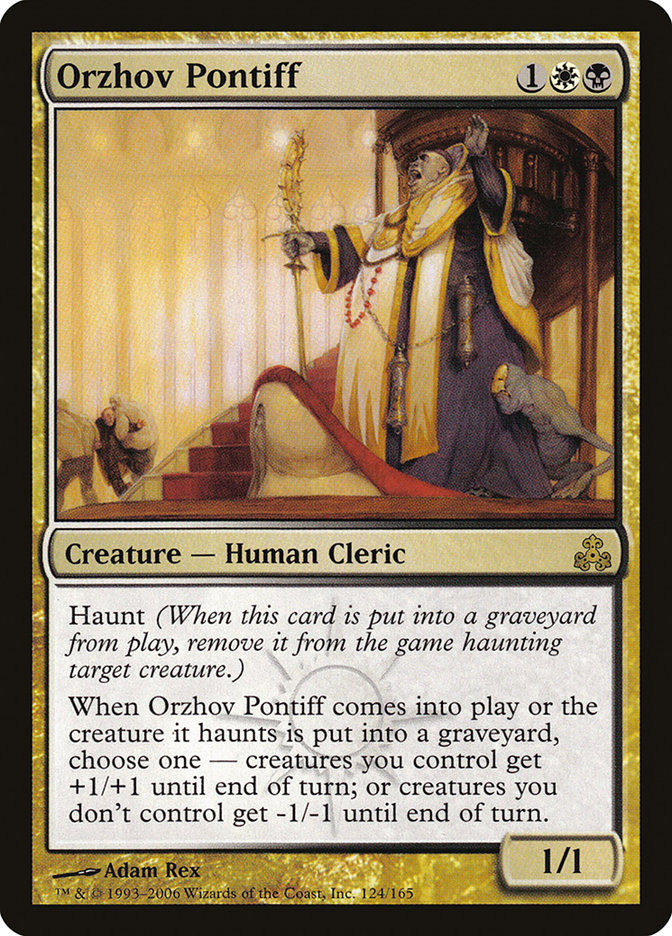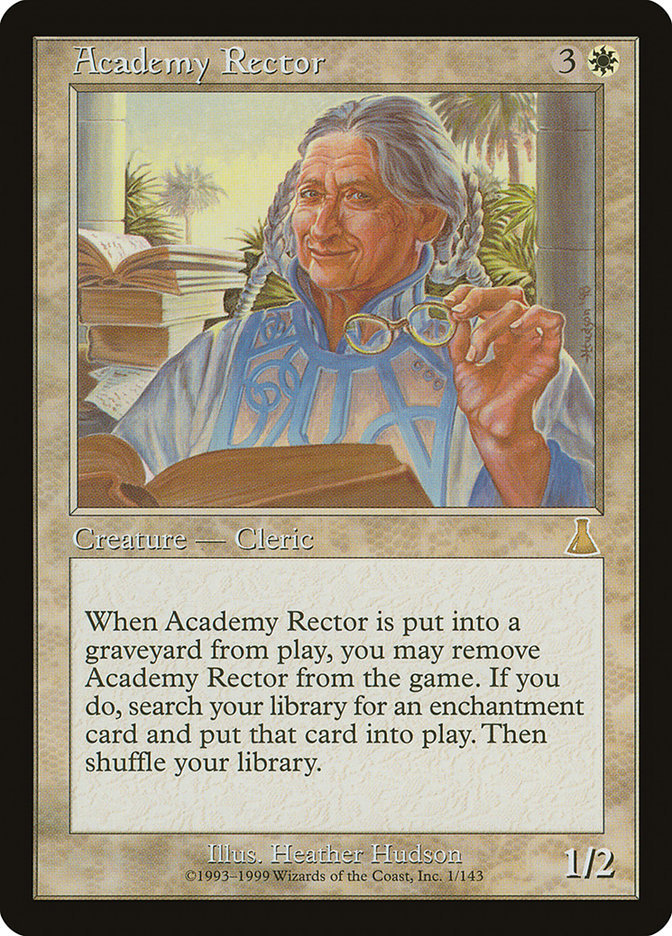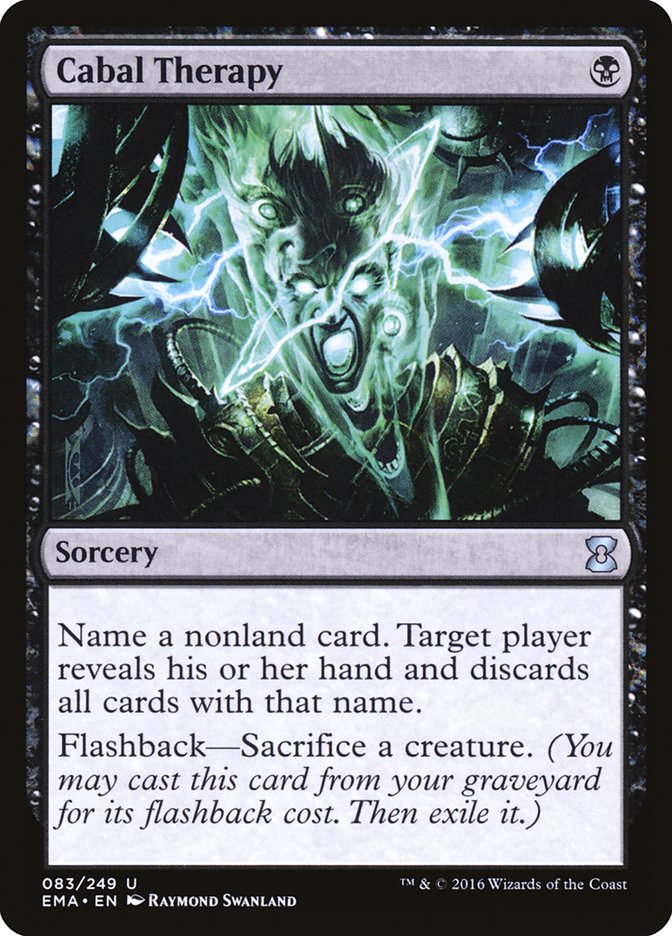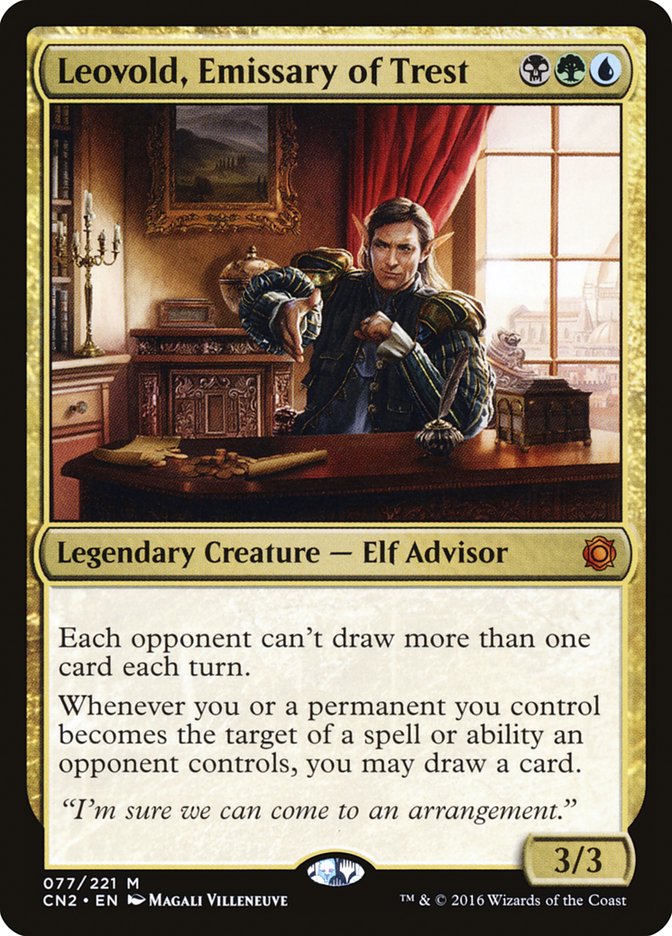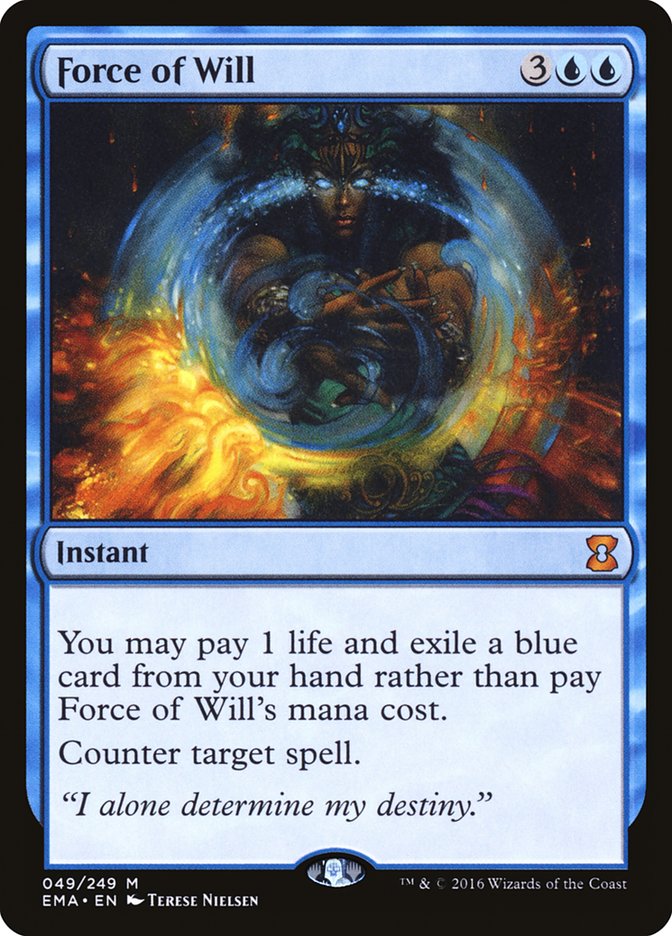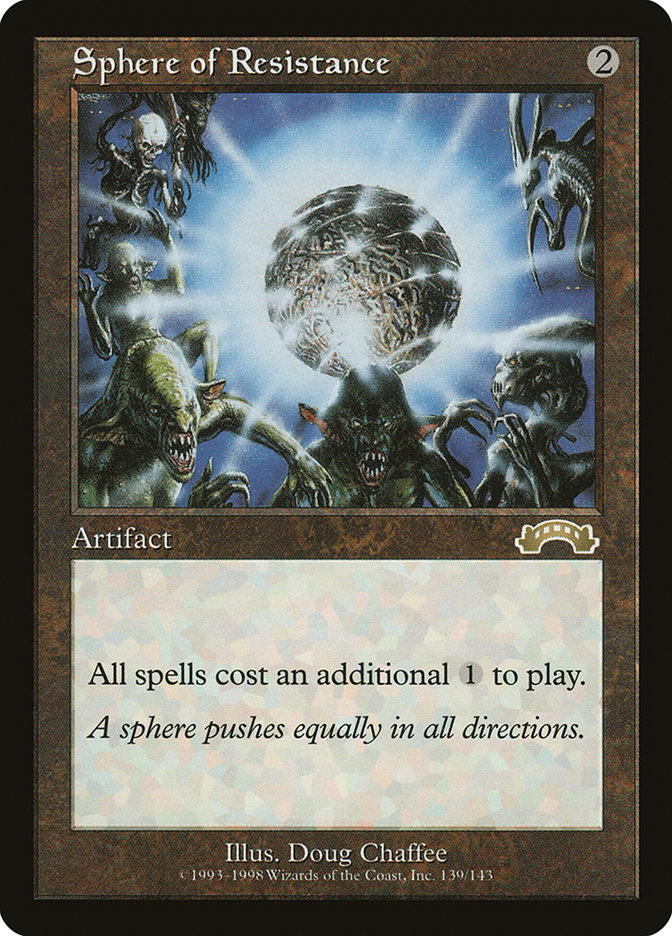For years, when Legacy Grand Prix came up, I was excited to battle in a format where I knew I’d have a significant edge on most of the field because the SCG Tour afforded me many more opportunities to play the format than the average competitive player. With the move away from Legacy and toward Modern, I find myself in a strange place for #GPLouisville.
My recent deck of choice in Legacy has been Storm, but the metagame has become increasingly hostile toward the deck. Miracles, a tough matchup, continues to maintain its status as the top deck in the format, and the most popular Delver variant, Grixis, poses an issue because it has both discard and counterspells in its disruption suite.
Lands (14)
Spells (46)
- 2 Tendrils of Agony
- 4 Brainstorm
- 4 Cabal Ritual
- 2 Duress
- 4 Dark Ritual
- 4 Cabal Therapy
- 4 Lotus Petal
- 4 Lion's Eye Diamond
- 2 Chrome Mox
- 4 Infernal Tutor
- 4 Ponder
- 1 Ad Nauseam
- 2 Preordain
- 4 Gitaxian Probe
- 1 Past in Flames
Sideboard

Creatures (8)
Planeswalkers (2)
Lands (22)
Spells (28)

Creatures (12)
Lands (20)
Spells (28)

It’s fairly easy to prepare for one form of disruption, but when a deck can seamlessly incorporate multiple types, it’s tough to prepare for all the angles while keeping enough of the core engine together.
The Death and Taxes matchup has only gotten more difficult as that deck gains more tools, and Eldrazi is about as nightmarish as a matchup can get for anyone looking to cast Dark Ritual. So I find myself potentially looking for a new deck in format I haven’t played in months or meaningfully explored in even longer.
Fortunately, I have a well-defined type when it comes to Legacy. I like combo, and if possible I want to play with some creatures so that, on the off-chance my opponent stops my combo, I have a backup plan that is sure to be more robust than anyone gives it credit for. And even more fortunately, there’s a new deck on the block that fits this bill to a T: Aluren.
Creatures (22)
- 1 Eternal Witness
- 4 Imperial Recruiter
- 1 Cavern Harpy
- 2 Dream Stalker
- 1 Parasitic Strix
- 4 Baleful Strix
- 4 Shardless Agent
- 4 Deathrite Shaman
- 1 Reclamation Sage
Lands (20)
Spells (18)

For those of you who either aren’t aware of this deck or are just in need of a refresher, Aluren is a combo deck built around its namesake card. The goal is to resolve Aluren with an Imperial Recruiter in hand, at which point you execute the following chain:
- Cast Imperial Recruiter, find Dream Stalker.
- Cast Dream Stalker, bounce Imperial Recruiter.
- Cast Imperial Recruiter, find Cavern Harpy.
- Cast Cavern Harpy, bounce Dream Stalker.
- Cast Dream Stalker, bounce Imperial Recruiter.
- Cast Imperial Recruiter, find Parasitic Strix.
- 1 Birds of Paradise
- 1 Eternal Witness
- 1 Academy Rector
- 1 Cavern Harpy
- 1 Arctic Merfolk
- 1 Parasitic Strix
- 4 Baleful Strix
- 3 Shardless Agent
- 4 Deathrite Shaman
- 1 Reclamation Sage
- 1 Quickling
- 4 Recruiter of the Guard
- 4 Cavern Harpy
- 2 Parasitic Strix
- 4 Baleful Strix
- 4 Shardless Agent
- 4 Deathrite Shaman
- 2 Leovold, Emissary of Trest
- 1 Glint-Nest Crane
At this point you can cast Parasitic Strix, return Cavern Harpy with its ability, and use it to bounce and recast the Parasitic Strix, a loop which nets you one life and takes two life from your opponent per iteration. In order to play around removal, you’ll want to start the chain by finding all of your Imperial Recruiters and both of your Dream Stalkers. Dream Stalker’s ability doesn’t target anything, so you make your choice upon resolution, and so removing one Imperial Recruiter means you can just return a different one and keep going. The combo is complex on the surface, but after a few games, the mechanics are pretty simple to run through when needed.
As a deck, Aluren has been around in Legacy for as long as I’ve been playing the format (in other words, a long time), but it has always sat on the fringes of the format. Part of that has to do with the fact that you’re playing cards like Cavern Harpy and Dream Stalker, not exactly on par for Legacy, but what also played a part is the scarcity and price of Imperial Recruiter.
Card availability issues aren’t that prevalent in Standard and Modern, but Legacy is different in this regard because it uses cards from sets that are old, were printed in small quantities, or both. Imperial Recruiter comes from Portal Three Kingdoms and only goes into one other Legacy deck, Imperial Painter, which is also on the fringe of the format. For players looking to get into the format, Aluren was an awkward deck that didn’t overlap a lot with the rest of the format outside of the manabase and a few staples.
Because of the burden of acquiring the deck, it needed to be quite strong to induce players to buy into it, and it was simply one of many fine but not overly impressive options in a very large format.
But the recent metagame shifts have been quite kind to Aluren. The rise of Eldrazi and Death and Taxes has made Baleful Strix as good as it’s ever been. It has always been good against Delver variants and now it’s great against everything outside of Miracles and Storm. Hedging toward creature decks and making yourself worse against Miracles, the default best deck in the format, could prove problematic, but the number-one selling point Aluren has is its Miracles matchup.
I played the matchup in a VS video with Michael Majors here and came away very impressed. Your disruption suite of discard spells and Abrupt Decay matches up quite well with Counterbalance and Force of Will. Aluren is a difficult spell for Miracles to interact with on the stack, and playing a couple of creatures to start beating down is a viable plan.
Beating Miracles requires a three-pronged attack. First, you can’t be too vulnerable to Counterbalance. Abrupt Decay and a diverse curve (which in Legacy just means playing cards that cost more than two) check that box easily.
Second, you can’t be too vulnerable to Terminus.
This is your enemy.
As a creature deck, Aluren may falter here, but nearly every creature in the deck gains card advantage, so it’s easy to create a battlefield of three or four power without committing a lot of resources, thus making recovering from a sweeper fairly easy.
Passing these first two tests means you’re prepared to play a long game against Miracles, but the trick is realizing that you can’t play for too long; otherwise you’ll die in one or two turns to a surprise Entreat the Angels or Monastery Mentor. You have to have some way to end the game quickly or your opponent will simply stall long enough to set up a combo-esque finish of their own.
Needless to say, combo decks are pretty good at ending the game in a single turn, which not only turns the win conditions in Miracles into liabilities if they wish to tap out for them but will also force your opponent into more conservative lines of play to protect against the combo, which will give you an edge in the attrition game.
Seeing as Aluren is well-positioned in Legacy right now, the only question is whether or not Imperial Recruiter and its price tag will continue to suppress the deck. Well, those of you who were watching the Players’ Championship may have noticed that that question is no longer relevant:
Creatures (23)
Lands (20)
Spells (17)

Our resident SCG Tour brewer brought this updated Aluren list and won his pod with the deck, despite it being filled with combo decks that should be weak matchups. Recruiter of the Guard is nearly identical in function to Imperial Recruiter and much easier to find. There is one slight downgrade from Dream Stalker to Arctic Merfolk as the bounce creature of choice, but that’s hardly significant. Importantly, Arctic Merfolk returns a creature as a cost, so, like Dream Stalker, you can play around removal by having a second copy and finding all your copies of Recruiter of the Guard at the beginning of the combo chain.
Conversely, the change from red to white opens the deck to some significant upgrades. Jeff’s sideboard has plenty of excellent bullets for Recruiter of the Guard to find, from Thalia, Guardian of Thraben against other combo decks to Containment Priest and Orzhov Pontiff. You play a surprising number of fair games with Aluren, so having access to the most powerful toolbox is important so your combo pieces function in fair games.
The most important addition the white splash allows is Academy Rector.
In combination with Cabal Therapy, this lets Recruiter of the Guard essentially tutor for Aluren, an added bit of functionality that is more than worth the slot. Once Aluren is on the battlefield, even if you don’t have another Recruiter of the Guard to start the combo, there are so many cards like Shardless Agent, Baleful Strix, and Brainstorm that help you dig through your deck that it’s similar to having Omniscience on the battlefield without a Cunning Wish. You may not win on the spot but you’ll assemble a win very soon.
Recruiter of the Guard seems to have answered all my concerns, but there’s been a variant of Aluren emerging that eschews Recruiters of any kind:
Creatures (21)
Lands (20)
Spells (19)

This list is less focused on the combo, relying on assembling it naturally through redundancy and velocity, and more focused on the fair gameplan because of Leovold, Emissary of Trest. This little Elf disrupts most decks in Legacy and always trades for value. With players becoming more aware of the combo elements, the fair gameplan becomes stronger, and a tool as powerful as Leovold, Emissary of Trest demands decks to be built with it in mind.
Cavern Harpy shows up in the full four copies here and functions like Wirewood Symbiote to Baleful Strix’s or Shardless Agent’s Elvish Visionary. I don’t think I have to explain how exciting that is, and Aluren is basically a Gaea’s Cradle that taps for more mana that you could ever need.
Against players who are unprepared, I see a lot of matches playing out with a quick combo finish in Game 1, followed by grinding them into a fine paste with creatures they are too proud to use removal on in Game 2.
Unfortunately, it seems like people are becoming aware of these decks just in time to prepare for them:
If you are heading to #GPLOUISVILLE, watch out for aluren. I have played it 4 times in my last 10 matches online, against at least one pro.
— Joe Lossett (@oarsman79) December 24, 2016
My expectation is that Aluren is the breakout deck of the tournament, so it behooves you to prepare for what is happening here. As I’ve noted, this isn’t an all-in combo deck that you can beat by devoting all your resources to stopping Aluren from entering the battlefield. Shardless Agent, Baleful Strix, and Brainstorm let this deck do a reasonable Shardless Sultai impression, so you’ll need to establish a clock through those bodies.
Beyond that, I would expect the vast majority of Aluren decks to be either white-splash or straight Sultai; sorry, Imperial Recruiter. The most notable difference between the two archetypes is the presence of Force of Will.
Straight Sultai has them in the maindeck, while the white splash lists use them in the sideboard and focus on discard spells in the main.
The toolbox that Recruiter of the Guard provides means that the white version will be looking for narrow home-run cards, while straight Sultai plays a more normalized game. It’ll often be tough to discern the difference between the two early in Game 1 unless you see a white dual land, but you should keep these differences in mind when sideboarding. You’ll want to be more aggressive against the Recruiter-less lists because their combo threat is minimal, although Aluren is still a huge threat that has to be answered.
The one area where I think all these variants are vulnerable is the manabase. This is a deck filled with two-, three-, and four-mana spells and yet only plays twenty lands and Deathrite Shaman. The deck is three to four colors, so Wasteland will almost always have targets, and Sphere of Resistence stops the combo and makes looping creatures for card advantage prohibitively expensive.
As a result, the streamlined manabase may be the greatest advantage of the Sultai lists of the deck, allowing you a fourth basic land and reducing the likelihood of Wasteland stranding cards in your hand.
Aluren has always allowed some embarrassing creatures to be playable because the difference between “some mana” and “no mana” makes weird loops possible. Consequently it’s very easy to underestimate the deck because you need to see how the parts work together to fully grasp the deck’s power. Legacy went through a similar issue with Elves a few years ago. Quirion Ranger and Wirewood Symbiote may not look like much, but the whole was greater than the sum of its parts.
Do not underestimate Aluren.


